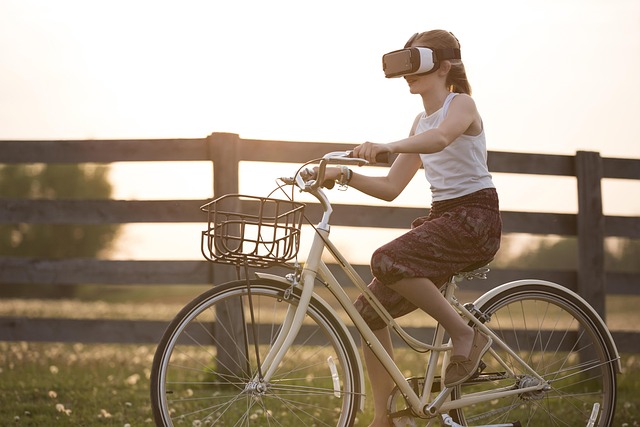Unlocking Potential: The Impact of Virtual Reality on Knowledge Building in Online Education
As we continue to navigate the ever-evolving landscape of online education, one technology stands out as a beacon of innovation: virtual reality in education. This immersive medium has begun to transform the way we acquire knowledge, offering unique opportunities for engagement and understanding that traditional online methods simply cannot match.
Imagine stepping into a virtual classroom where complex concepts come alive. Instead of passively absorbing information through video lectures or static readings, students can interact with 3D models, participate in simulations, and explore environments that provide context to their lessons. This hands-on experience fosters deeper learning and promotes knowledge building in ways that keep students motivated and curious.
One of the key benefits of integrating virtual reality in education is its ability to cater to various learning styles. Visual learners can benefit from rich graphics and interactive scenarios, while kinesthetic learners can engage with materials that require physical interaction. This versatility ensures that all students have the chance to grasp intricate subjects, whether they’re studying biology, history, or even philosophy.
Furthermore, virtual reality can break down geographical barriers, connecting learners from different parts of the world. Online education has already made strides in creating global classrooms, but virtual reality takes this a step further. Students can collaborate on projects or embark on joint explorations, experiencing cultural diversity firsthand. This exposure not only enhances their academic experience but also cultivates essential 21st-century skills such as empathy, teamwork, and problem-solving.
In recent webinars, educators have shared compelling case studies showcasing how virtual reality has enriched their courses. For example, medical programs have implemented VR simulations that allow students to practice procedures in a risk-free environment, significantly increasing their confidence and skills before they enter clinical settings. Similarly, art and design students can experiment with their craft in virtual studios, enabling a free flow of creativity without the limitations of physical space.
Moreover, the motivational aspects of virtual reality cannot be overlooked. The gamification of learning experiences, often integrated into VR platforms, makes education fun and engaging, reducing burnout and enhancing retention rates. Students are more likely to immerse themselves in their studies when they can virtually travel to ancient civilizations or conduct science experiments from the comfort of their homes.
As online education continues to grow, embracing the transformative potential of virtual reality is crucial for educators and institutions alike. The technology not only supports knowledge building but also revolutionizes how we interact with content, instructors, and peers. It opens doors to a future where learning is boundless, immersive, and profoundly impactful.
By harnessing the power of virtual reality, we can ensure that our educational journeys are not just informative but also memorable, enriching, and full of potential. As we explore this exciting frontier, it’s essential for all stakeholders—educators, students, and technology providers—to collaborate, innovate, and create scalable virtual reality experiences that elevate the online education landscape for everyone.




